Frederic Edwin Church (1826–1900)
Clouds over Olana, August 1872
Oil on off-white paper, 8-11/16 x 12-1/8 in.
Olana State Historic Site, New York
clouds over Olana and the Hudson River Valley, Hudson, NY 16 May 2014
There were rain clouds over Olana when Laura and I visited the Hudson, NY home of Frederic Edwin Church, American landscape painter of the Hudson River School.
Olana, Persian inspired home of Frederic E. Church built 1870–1872, Hudson, NY
Church knew the Hudson, NY site of his future home well. He had painted the Hudson River Valley from the hilltop as a student of Thomas Cole (1801-1848). Church studied painting at Cole’s Catskill, NY studio across the river, and Cole took his student sketching all over the Catskills and the Berkshires during 1844-1846. The British-American landscape painter influenced Church and a generation of American landscape painters who became known as the Hudson River School. The master praised his student who had “the finest eye for drawing in the world.” Church made his debut at the National Academy of Design at 20.
view of the Hudson from Olana
After his apprenticeship with Cole, Church continued to travel and sketch, producing New York and New England landscapes in his NYC studio. Like his contemporary Walt Whitman (1819-1892), Church was inspired by renowned German naturalist Alexander von Humboldt (1769-1859), who spent five years exploring the Amazon (1799-1804), recounted in his popular Personal Narrative (1807) of travels in equatorial South America. In his great work, the scientific best seller, Cosmos: A Sketch of the Physical Description of the Universe (1845), Humboldt describes the natural world as a unified, organic, kosmos and not only encourages American naturalists to follow in his footsteps, but also American artists and poets. Humboldt’s groundbreaking work is made for America, and its enduring thesis insists that we see our environment as a living, organic whole. In 1853 Church, the first American artist to heed Humboldt’s call, made his initial trip to South America, following Humboldt’s route through Columbia and Ecuador into the Andes and returned with sketchbooks and diaries filled with exotic, illuminated, landscapes.
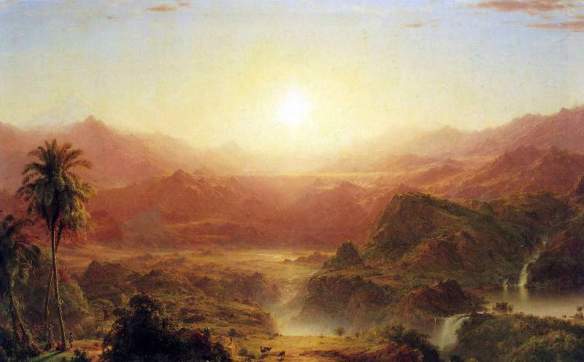 Frederic Edwin Church (1826–1900)
Frederic Edwin Church (1826–1900)
The Andes of Ecuador, 1855
Oil on canvas: 48 x 75 in.
Reynolda House Museum of Art, Winston-Salem, NC
If Church is searching for the light, the organic synthesis of Humboldt’s living cosmos in The Andes of Ecuador, so, too, is Whitman inspired to record light-filled landscapes in his poem “A Prairie Sunset”:
Shot gold, maroon and violet, dazzling silver,
emerald, fawn,
The earth’s whole amplitude and nature’s mul-
tiform power consigned for once to colors;
The light, the genial air possessed by them—
colors till now unknown,
No limit, confine—not the Western sky alone—
the high meridian—North, South, all,
Pure luminous color fighting the silent shadows
to the last.
For Whitman, who contains multitudes, there is no limit to nature’s power, to the luminous colors of the Western sky, to the human soul transcendent in Humboldt’s cosmic unity.
Back in New York, Church continued to paint awe-inspiring North American landscapes
Frederic Edwin Church (1826–1900)
Niagara, 1857
Oil on canvas 42 1/2 x 90 1/2 in. (108 x 229.9 cm)
The Corcoran Gallery of Art, Washington D.C.
Detail: Fredric Edwin Church (1826-1900) Niagara, 1857
Church debuted Niagara in 1857 at Williams, Stevens, and Williams in New York City; 100,000 people paid 25 cents each to see the monumental ninety inch (more than 7-feet across) canvas of our great American natural wonder–water rushing over the falls–up close. Niagara traveled to major US cities, to Britain and was exhibited in the 1867 Exposition Universelle in Paris. Niagara made Church’s reputation.
Detail: Fredric Edwin Church (1826-1900) Niagara, 1857
Williams, Stevens and Williams agreed to pay Church $2,500 for the painting plus an additional $2,000 to hold the copyright. If they resold the painting, for a sum greater than $2,500, they’d split the proceeds with Church.
1857 was an ambitious year: Church painted Niagara, the exhibition of Niagara drew 100,000 Americans inspired by Church’s representation of our great natural wonder. Niagara spoke to the American spirit, imagination and, perhaps, patriotism, uniting the country for a moment in time before we waged our bloody Civil War. After the exhibition the artist returned to equatorial South America for another sketching trip.
Fredric Edwin Church (1826-1900)
Heart of the Andes, 1859
Oil on canvas 66 1/8 x 119 1/4 in. (1168 x 302.9 cm)
The Metropolitan Museum of Art, New York City, NY
In 1859 Church painted the monumental Heart of the Andes, an instant success.
Heart of the Andes detail
Church’s monumental canvas is ten feet across and rich in botanical detail
People again paid 25 cents each to see Church’s huge, exotic, sublime landscape; after the exhibition the artist sold the painting for $10,000, equivalent to more than $225,000.00 today. In 1859 tensions were growing in America. The country was a tinderbox. The exotic landscape Heart of the Andes appealed to the American public and captured the American imagination. The masterpiece made the artist rich and famous. What it meant to the artist is that he could afford to hire a ship to take him north to the Arctic to sketch icebergs.
Heart of the Andes detail
By 1860 Church was the most successful artist in America; he moved his family into the farmhouse “Cosy Cottage” on the Hudson property. In 1867 the Churches traveled for 18 months in Egypt, the Middle East, Austria, Switzerland, Italy and Greece; it was in Egypt and the Middle East that Church got his first taste of Islamic art and design. He was smitten. By 1870, he was ready to buy the hilltop and 250 acres and dedicate his artistic genius to designing and building his architectural masterpiece. Olana, the Persian-style villa estate is built on the hill-top, unified and integrated into its designed naturalistic landscape of lakes, woods, meadows, farmland, gardens, and planned views of the magnificent Hudson River Valley.
Church’s studio
rustic Olana fencing is made with mountain laurel wood (Kalmia latifolia)
rustic Olana benches are also constructed of mountain laurel wood (Kalmia latifolia)
rustic Olana bench is made from mountain laurel wood (Kalmia latifolia)
Perennial Borders
Allium aflatunense ‘Purple Sensation’
Narcissus bulbocodium var. conscpicuus
Laura and I purchased our $10 tickets for the Olana house tour in the visitor center when we arrived. We watched a film introducing visitors to Frederic Edwin Church, the making of Olana, and the preservation of Olana. It was misty, threatening rain, so we decided to walk in the gardens until our tour time or until the rain poured. When it poured rain, we’d run for shelter.
Olana facade and main entrance
The artist designed the house, working with Calvert Vaux, and every detail, from the Persian-style facade, to the decorative tiles.
Olana facade and main entrance
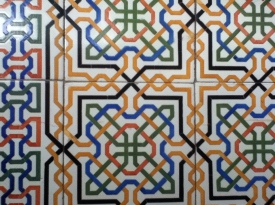
tiles pattern: photo by Laura Flandreau
the handsome Indian-style colonnaded veranda was added in 1890; open doors in summer admit cool air and provide fine views
The beautifully proportioned and brightly painted Mughal-style colonnaded veranda demonstrates Church’s increasing fascination with Indian art and architecture and the Influence of Lockwood de Forest, a student and relation, who made frequent passage to India on buying trips; de Forest sent Church Indian and Kashmiri artifacts to add his collection on display in the artist’s studio in Olana.
impressive view of the man-made lake from the veranda
Church also designed the naturalistic landscape inspired by the Romantic English Park style popularized in America by Andrew Jackson Downing and Calvert Vaux, who designed many of the homes and country estates on the Hudson and, with Olmstead began developing plans for Central Park, until Downing’s untimely death in 1852. Like Central Park and other naturalistic gardens and country estates, Olana is a built landscape, complete with man-made lake, copses of trees planted to close or open sight lines associated with grand borrowed views of the Hudson River Valley.
view of the man-made lake from the garden
 When the rain came, we took shelter with our four fellow visitors and waited to be admitted to the inner sanctum of Church’s Olana
When the rain came, we took shelter with our four fellow visitors and waited to be admitted to the inner sanctum of Church’s Olana
Entering Olana, it really feels as if the artist just stepped out, and maybe he’ll return to give the tour. Olana is essentially as Frederic Edwin Church left his home in 1900. The treasurers of Olana have not been plundered. The house was maintained as a museum and occupied by Church’s daughter-in-law until her death in 1966.
The house tour is excellent and well worth the price of admission. The house is beautifully maintained, a result of planned on-going restoration of both buildings and landscape, a joint effort of New York State and the Olana Partnership.
2012 invitation to the annual Olana Partnership-Frederic E. Church Award Gala at the New York Public Library honoring individual contributions to American culture. (2012 honorees: Martha Stewart and Met curator Morrison Heckschar). Pictured is the South-facing studio window framing a view of the Hudson and Catskill, NY in fall. No interior photography is permitted, so this a taste.
views of the Hudson from the upper level porch off the artist’s studio
view of the Hudson and Catskill, NY from the upper level porch off the studio
obscured view of the Rip Van Winkle Bridge spanning the Hudson River
After our excellent house tour at Olana, we crossed the Rip Van Winkle Bridge into Catskill, NY to have a look at Cedar Grove, the home of Church’s teacher, Thomas Cole, the landscape painter who started it all.
Cedar Grove’s 200-year old honey locust tree (Gleditsia triacanthos).
Cedar Grove was closing, but it was worth the ride across the bridge to see Cole’s 200-year-old honey locust and wander around a bit
Fredric Edwin Church (1826-1900)
Olana from the Southwest
Oil on thin paperboard
Crossing back on the Rip Van Winkle Bridge, behold, Church’s Olana sitting high on the hill overlooking the Hudson. It really is quite a dramatic sight.
A few favorite Landscape Paintings
I like Church paintings that flame at sunset or dawn, like J. M. W. Turner.
J. M. W. Turner (1775-1851)
The Fighting Temeraire, 1839 Oil on canvas: 30 x 48 in.
National Gallery, London
Take Turner’s The Fighting Temeraire (tugged to her Last Berthe to be broken up), for example. The colors are magnificent, glorious, and yet the painting represents the bitter end for a grand ship that, with Nelson’s flag-ship the Victory, defeated Napoleon at Trafalgar. It’s no wonder it’s Britain’s favorite painting.
I am reminded of Turner in Church’s Cotopaxi.
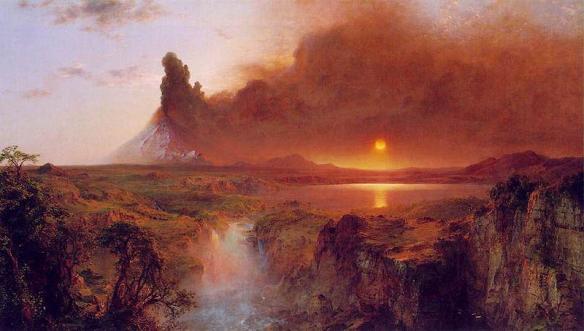 Frederic Edwin Church (1826 -1900)
Frederic Edwin Church (1826 -1900)
Cotopaxi, 1862
Oil on canvas: 48 x 85 in.
Detroit Institute of Arts
________________________________________
Most critics see Church’s 1862 fiery landscape painting of erupting Ecuadorian volcano Cotopaxi as a metaphor for the US Civil War. Included in the 2013 Smithsonian exhibition: “The Civil War and American Art,” the blazing colors flame as paradise is destroyed by the erupting volcano spewing molten fire and ash.
Thomas Cole (1801–1848)
View from Mount Holyoke, Northampton, Massachusetts, after a Thunderstorm—The Oxbow, 1836
Oil on canvas; 51 1/2 x 76 in. (130.8 x 193 cm)
The Metropolitan Museum of Art, New York
________________________________________
Cole’s The Oxbow is all sky and fast-moving clouds. It reminds me of Beethoven’s “Pastoral Symphony.”
I’ve always liked Cole. He studied at the Academy (PAFA), worked as an engraver in Philadelphia when he arrived in the US from England, and did some sketching on the Wissahickon before returning to England. Back in the US, he settled at Cedar Grove on the Hudson in Catskill, NY where he seems to have given American art a big push toward modernity.


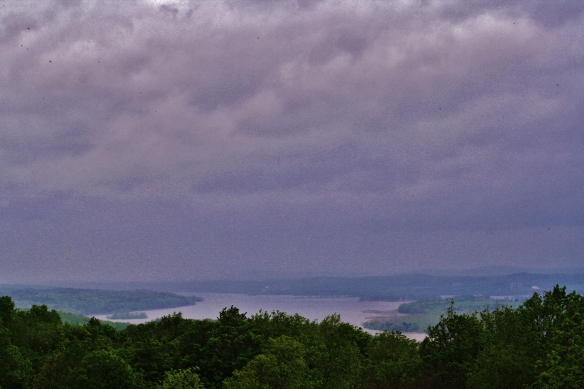
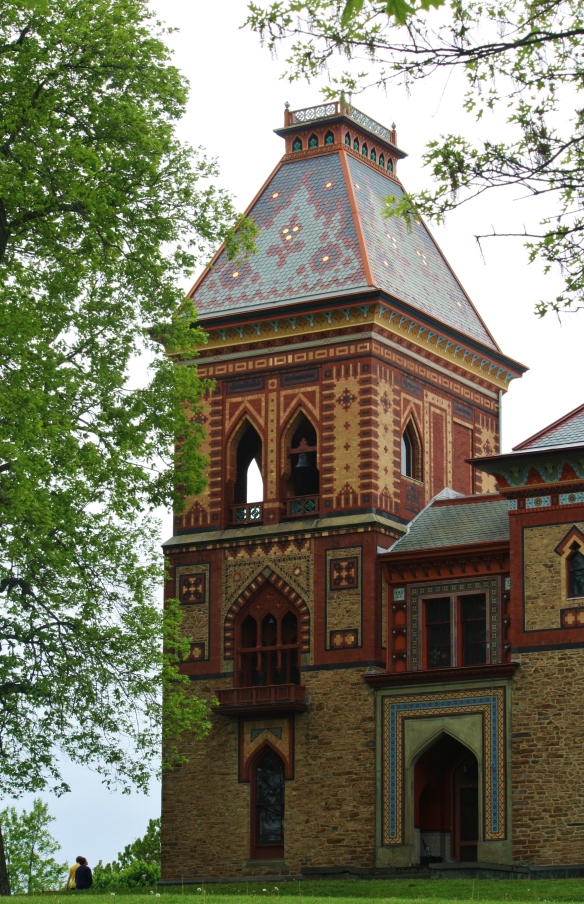
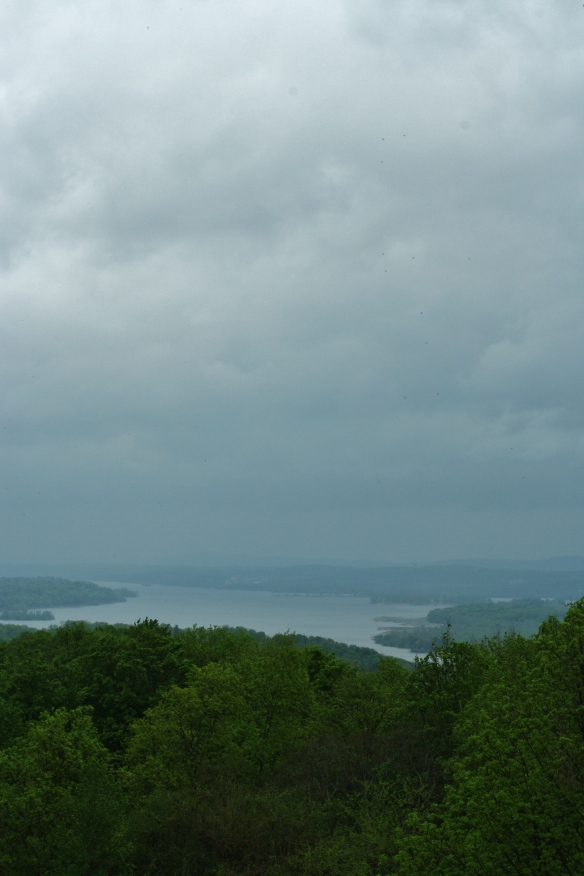
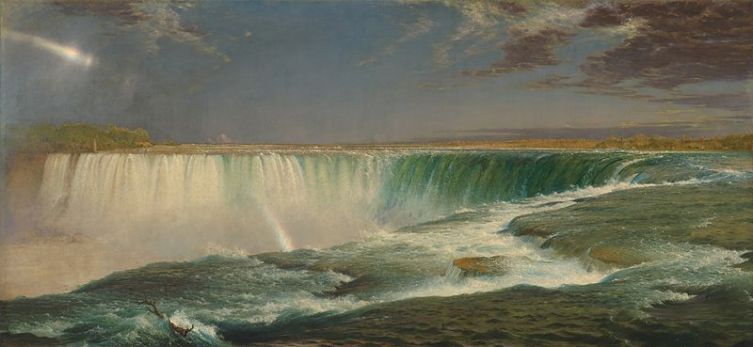
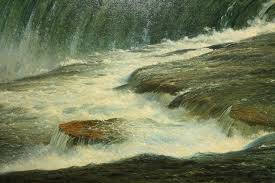
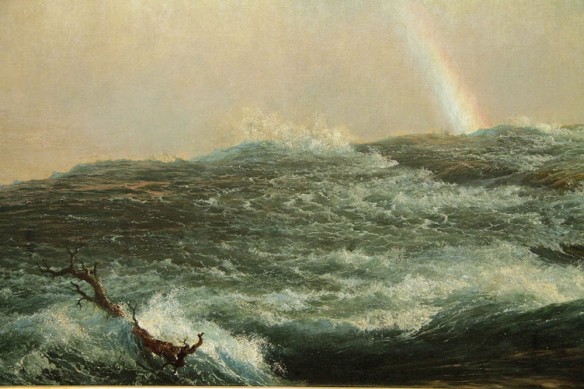

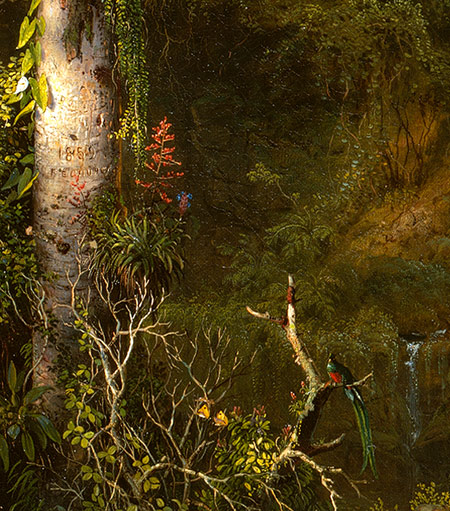
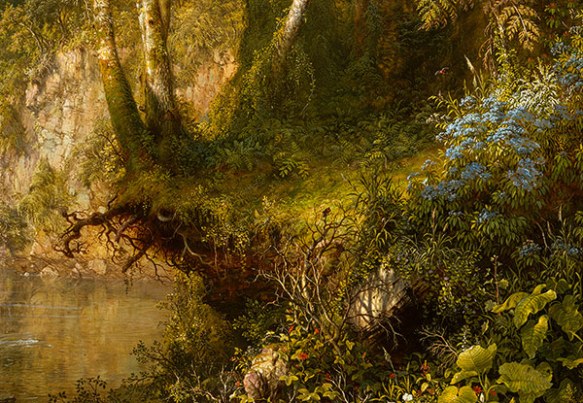
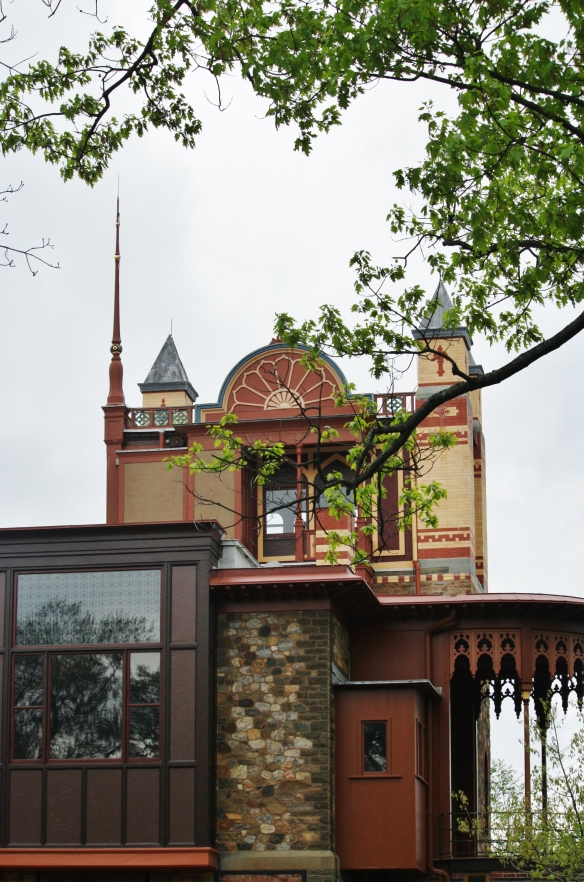
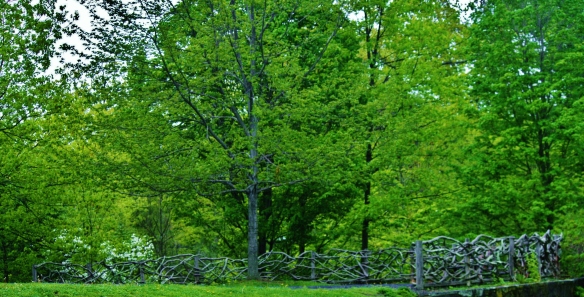
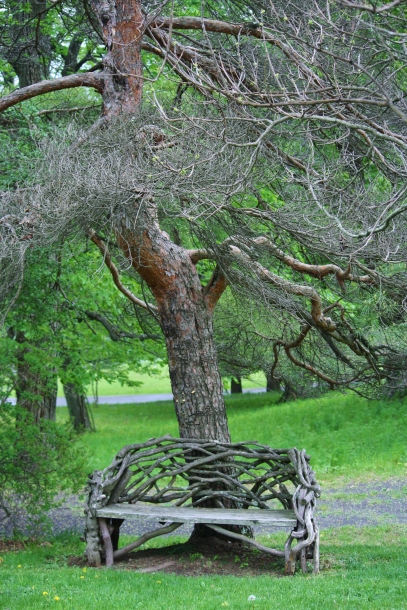
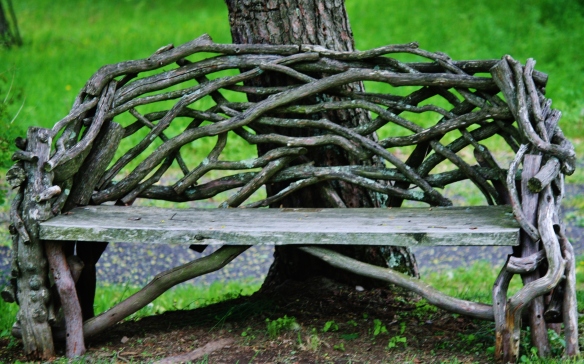
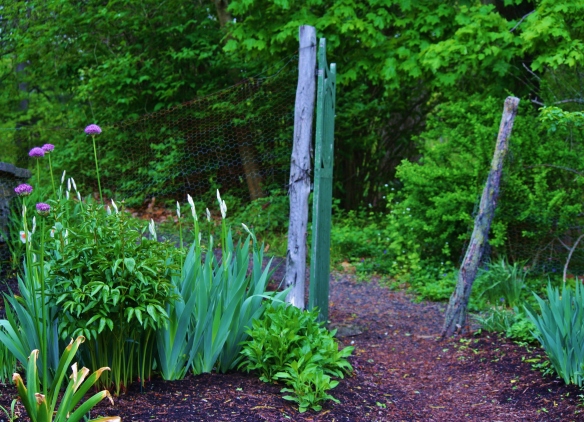
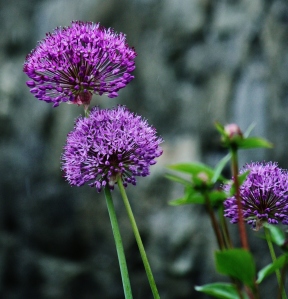
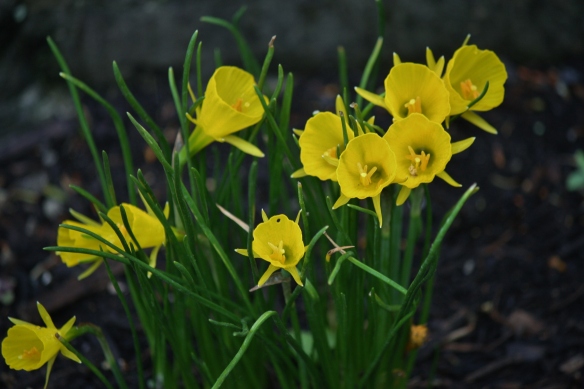
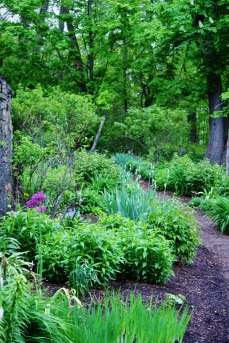
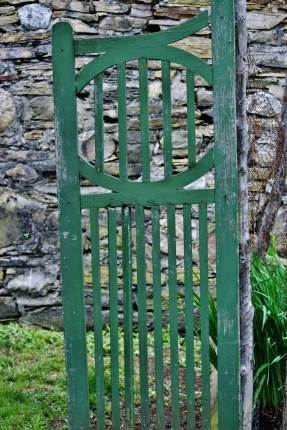
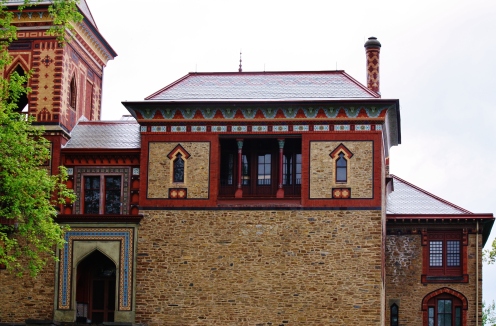
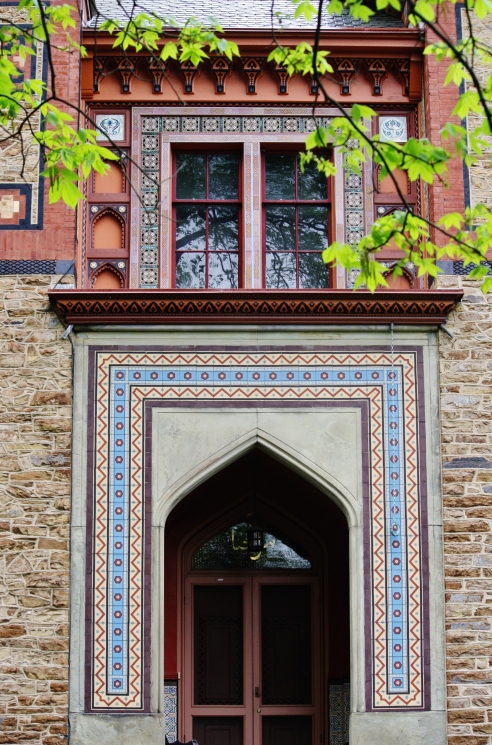
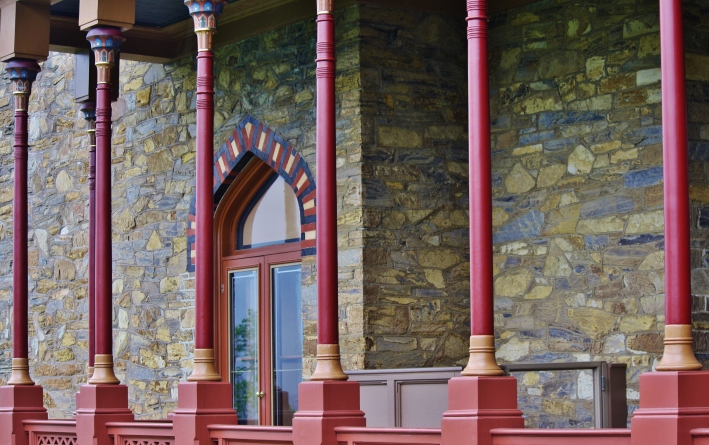
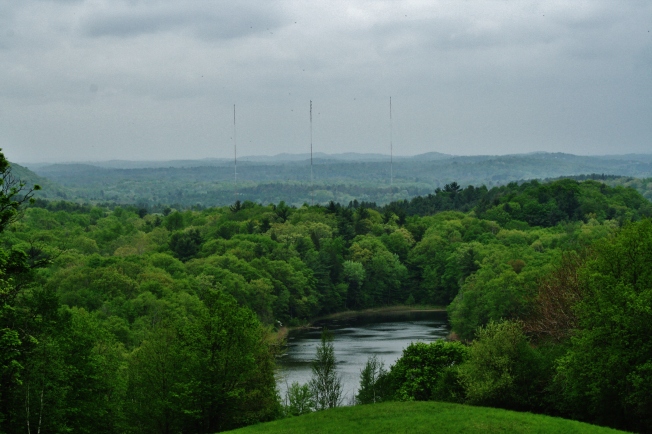
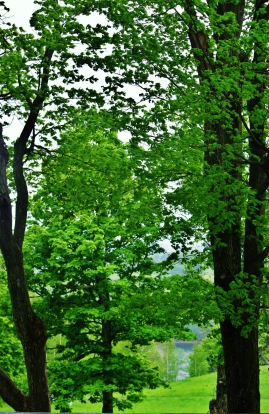
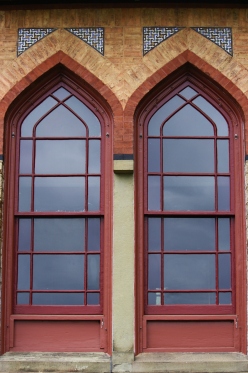
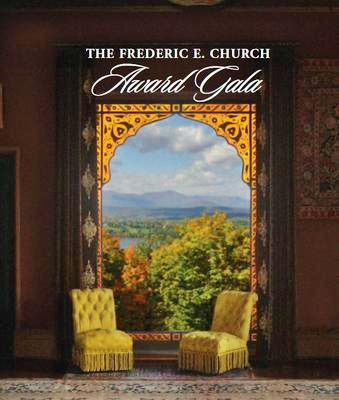
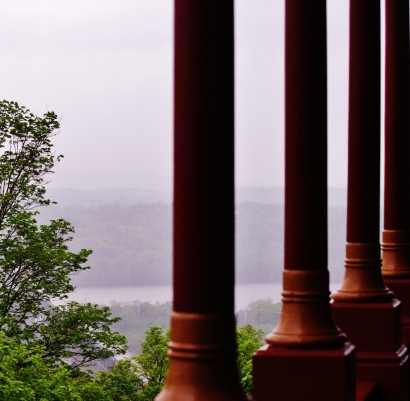
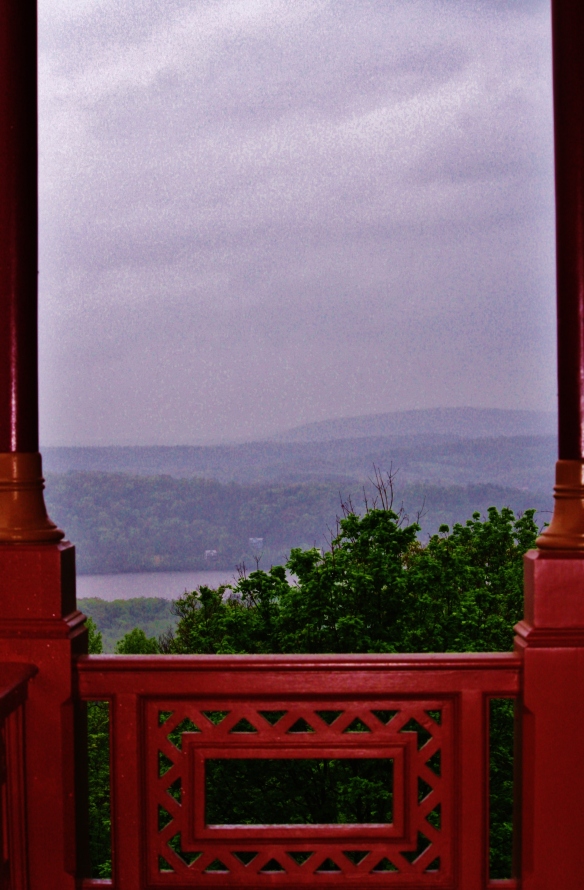
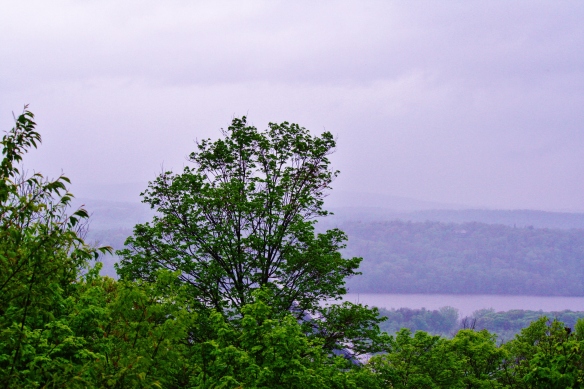
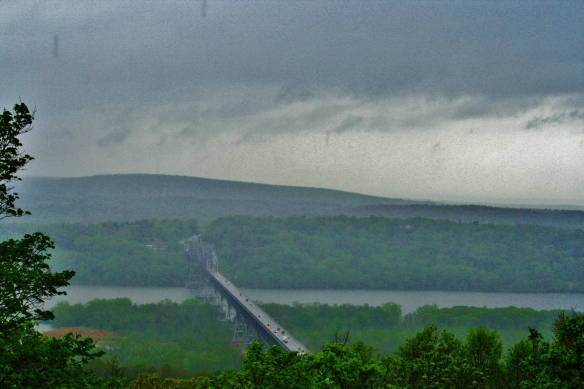
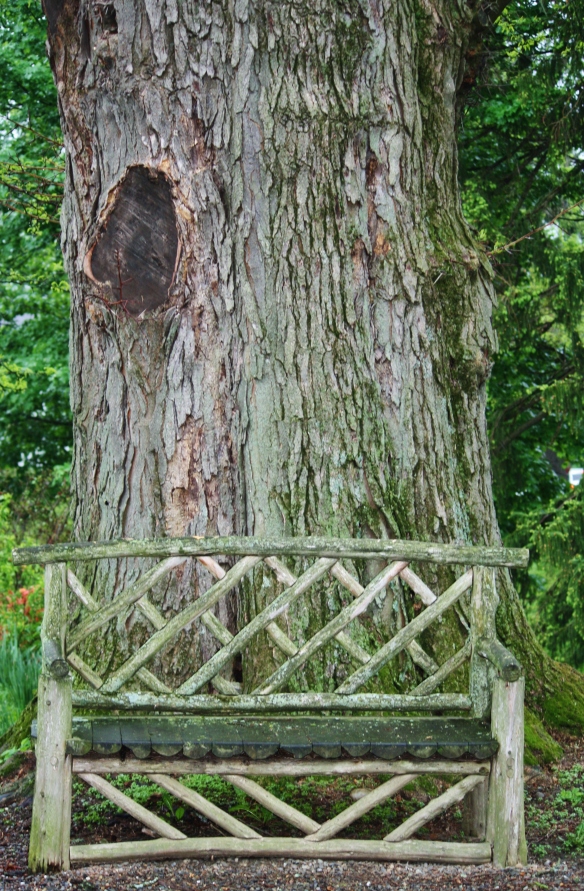
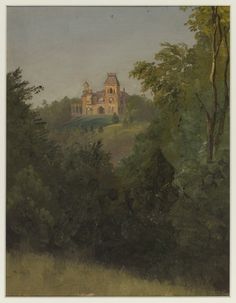
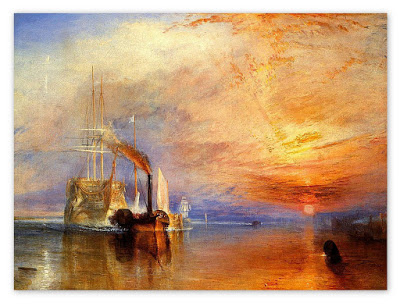
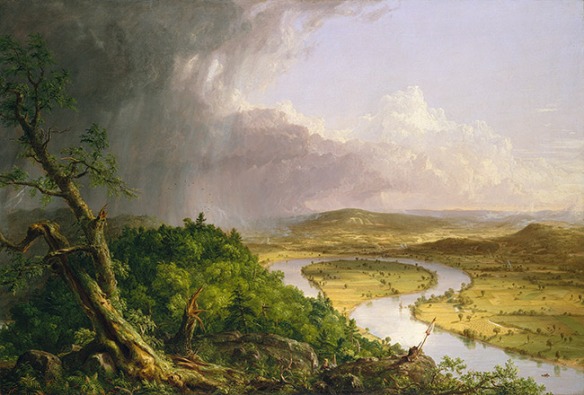
Superbly researched and written as always, Jude. Takes me back to a lovely, misty afternoon. I agree that the tour is well worth the reasonable ticket price.
I am haunted by Olana, Lars. I want to return and explore the landscape, Cedar Grove, and Hudson.
It’s a date!
Absolutely spectacular Judy -the whole piece. I am mystified by Olana and these grande works of art. I am eager to go visit.
A First Rank Landscape Painter, Thomas Doughty! was also part of the Hudson River School Thanks for sharing.